I’m one of the many people interested in slowing down the pace of their lives. If I were walking around and literally following Jesus while he was going from place to place teaching, he wouldn’t be asking me to hurry and keep up. Oh no, rather, he’d be constantly saying, “Whoa, Keri Mae! Not so fast!”
One thing that’s helped me to slow down to a more comfortable pace is to get in my own way. For example, if I want to decrease the time I spend on the Internet, I turn off the router each and every time I log off. That way, it’s kind of a pain to “just” Google something, or “just” check my email. In essence, I make it harder to do the things I don’t really want to do, in order to change the habit.
I’ve learned to appreciate slow food, with its slow preparation and even its slow availability. I just don’t like to buy my apples in June or my asparagus in October. Rather, I try to wait for the proper season, and then enjoy the slow pace of preparing foods from scratch. If I want to slow down my day’s tempo, it helps that I’m not *quickly* opening a jar of spaghetti sauce, but rather taking the time to chop the onions, brown the sausage, simmer the sauce. It means I have to be home. It means I have to be present. So I get in my own way to slow myself, and forgo buying the much-faster, far-quicker, ready-made jar. Does that make sense?
Here are some pictures of how we bake bread around here. You may find it insanely slow. But it’s pretty good at fostering a meandering sort of lifestyle. Baking bread around here takes a few days, so I can’t just decide on Monday morning for lunch bread that same day. But it also doesn’t take a whole lot of actual time in each step, either. Each day has its short task, but it builds to the finished food.
First, I soak five pounds of wheat berries in a large stainless steel bowl. I use a mix of hard red and soft white spring wheat berries. I don’t bother draining them until I see teeny tails sprouting, usually 24-36 hours later. Can you see that here? You can see how much plumper the berries are, too. You can read about *why* to soak and sprout your grains here.
After the soaking is finished, I drain and rinse the berries and spread them onto the dehydrator sheets. Five pounds of wheat berries takes up all five trays in my dehydrator.
I dehydrate them at 100 degrees for about 24-36 hours.
When the berries are dry, I grind them into flour. My Vitamix does a good job, but I can only work with two cups at a time, and it does warm the flour a bit. I’m not real interested in owning another appliance, so this suits me.
I use my sifter to make sure there aren’t any stray berries in the flour, and also to catch up any excess bran. I was happy to learn that sprouted flour does not go rancid like the unsprouted variety. Here is some more information about how to make flour from a great website on culturing foods. Into the bin the flour goes, on my countertop at room temperature.
Meanwhile, I am getting my sourdough starter fed. It takes me a couple of days to feed it and to get the amount I want to use. I get my sourdough starters and directions on how to use them from Sourdoughs International. My favorite starter is the Russian one; it works well with the heavier whole wheat flour, and rises quicker, too (by “quicker” I mean 3-4 hours rather than 8-10 hours). Plus, it has good sourdough flavor, which we all appreciate around here.
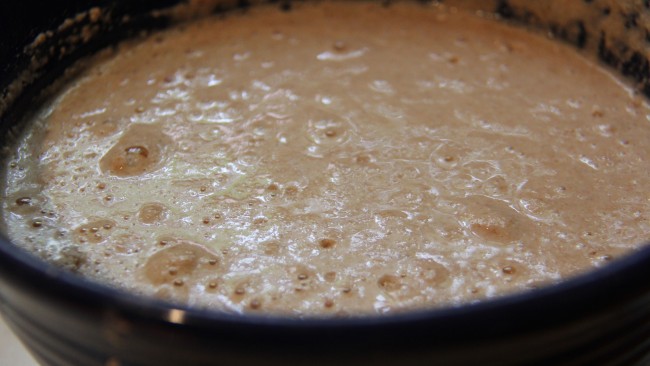
Then, it’s finally time for the bread bucket! I love using our bread bucket. It’s so easy, and my children love taking turns to crank for the three minutes after the ingredients are in it. Here is our recipe for four loaves of sourdough, whole wheat bread (which I’m sure you could make without a bread bucket!):
2 cups sourdough starter
5 cups water
1/2 cup sunflower oil
1/2 cup honey
2 TB salt
13 cups whole wheat flour (which, by the way, is almost all five pounds)
After the three-minute crank, it’s time to let the dough rise. Many things are dependent on how long it takes to rise, such as the specific starter used and the ambient temperature. Lately we’ve been letting our dough rise overnight, and we love the extra tang of sourdough we get from the longer time.
Finally, we plop the dough out onto the counter, let it rest for 30 minutes, and then divide it into four parts. It doesn’t take very much kneading at all to get it smooth and ready to put into the loaf pans to rise. Anyone can do it 🙂
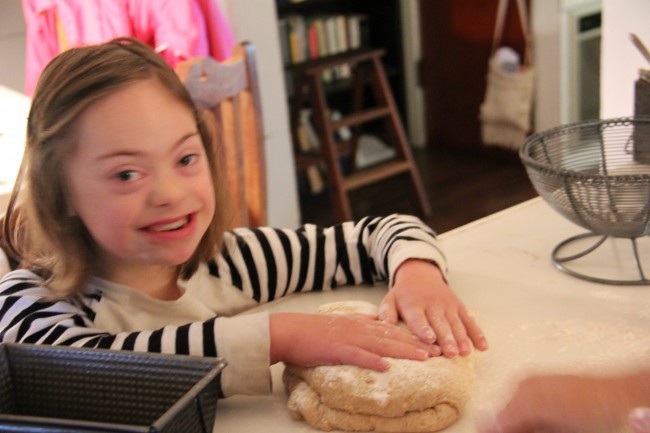
Once the bread has risen in the pans, it’s ready for the oven! We bake our loaves at 375 degrees for about 40-45 minutes. It’s real important to remove the breads from the pans rather quickly afterwards (within a few minutes), as the sourdough really wants to adhere to the pan as it cools. Then, just let the loaves cool until you can’t stand it any longer and have to slice a bit and melt butter all over it. Eat on the porch swing in the lazy languishing late morning sunlight 🙂
It’s really not that bad, this slow cooking, slow bread baking. Once a rhythm is established, fresh-baked bread can be another part of making a house a very comfortable, healthy, and a slower paced relaxing sort of home.
Blessings,


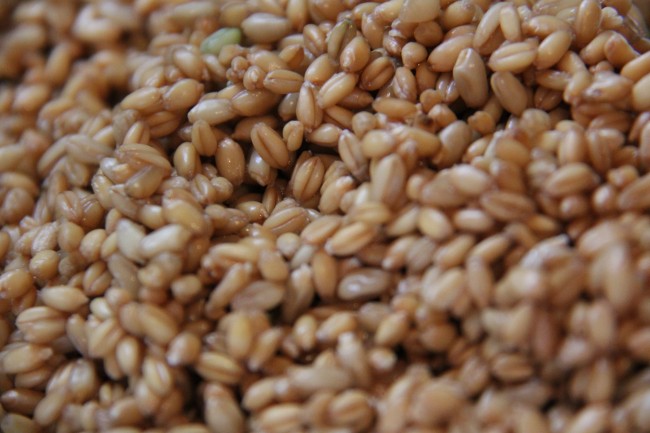
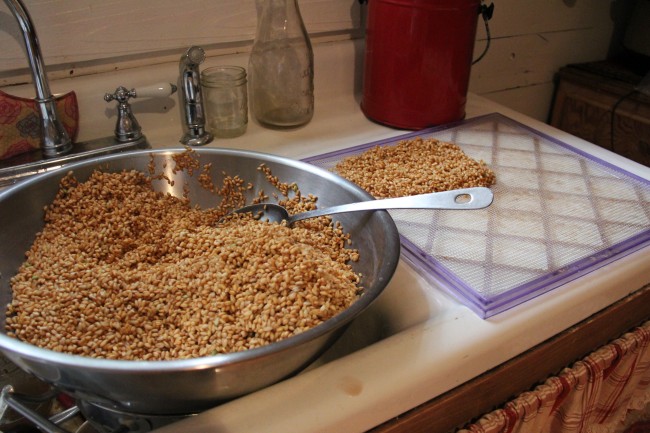
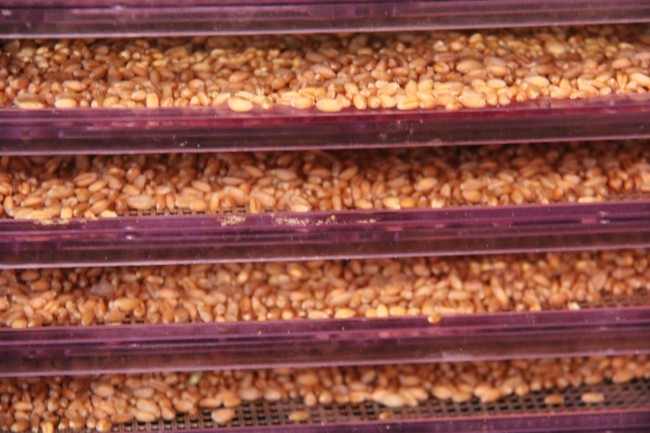
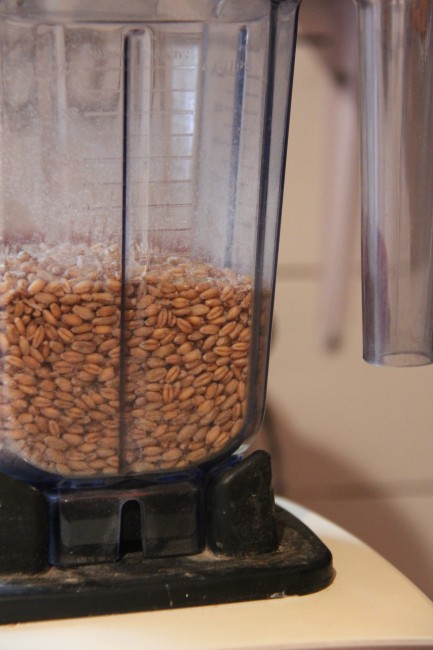
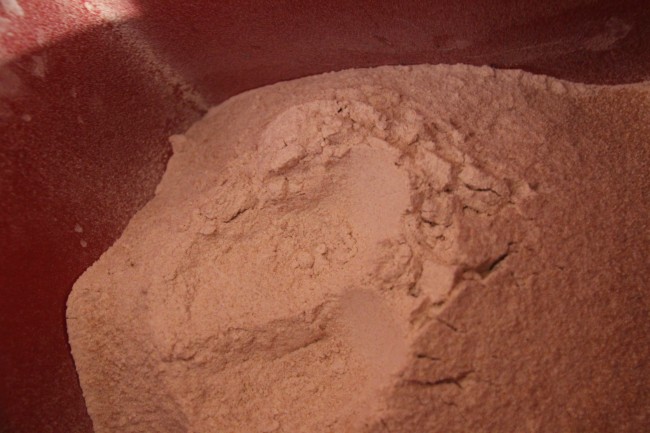
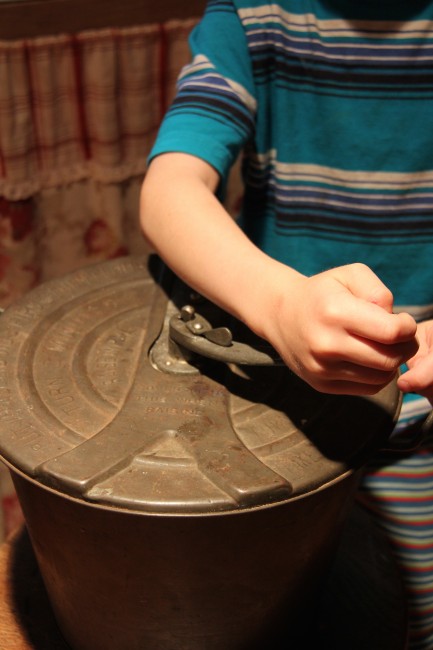
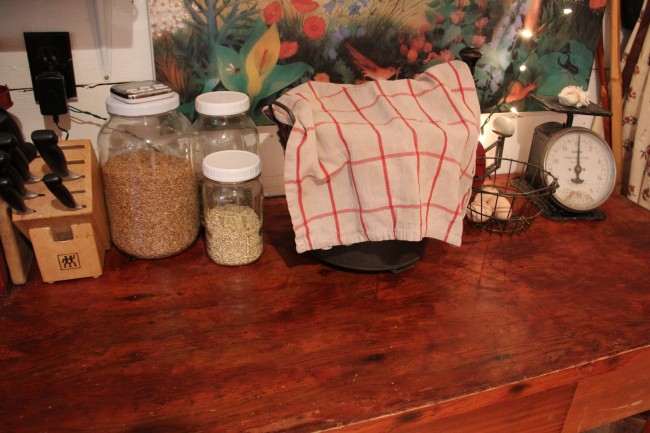
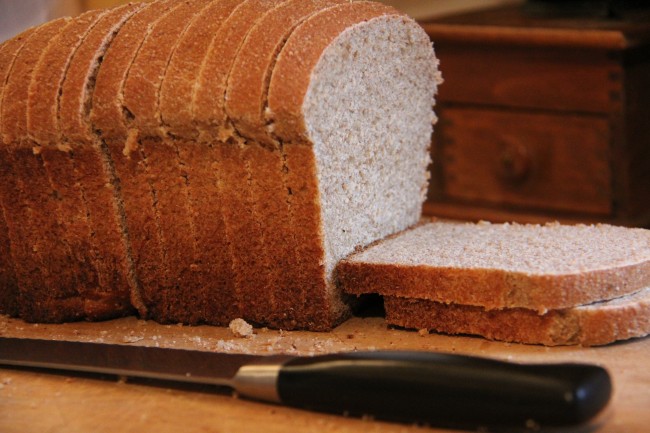
I have tried and tried sour dough but the resulting loaf tastes so awful…what am I doing wrong???????
Are you starting with a good culture? Is it nice and bubbly? Happy to help you!
I love slowness. It’s the antidote to the pace of this world. It’s also a very good way to stay near to God. I find hanging clothes on the line and washing dishes are a way of slowing things down a bit and an opportunity to whisper prayers. Could it be that living in a bit of a less hurried way is pleasing to Him? I think so. I find when I am busy, He feels farther away. I know that it is me to went away in my busyness. When I slow down, He is right where He always is. Faithfully waiting for me to be still and know Who He is.
Beautifully said.